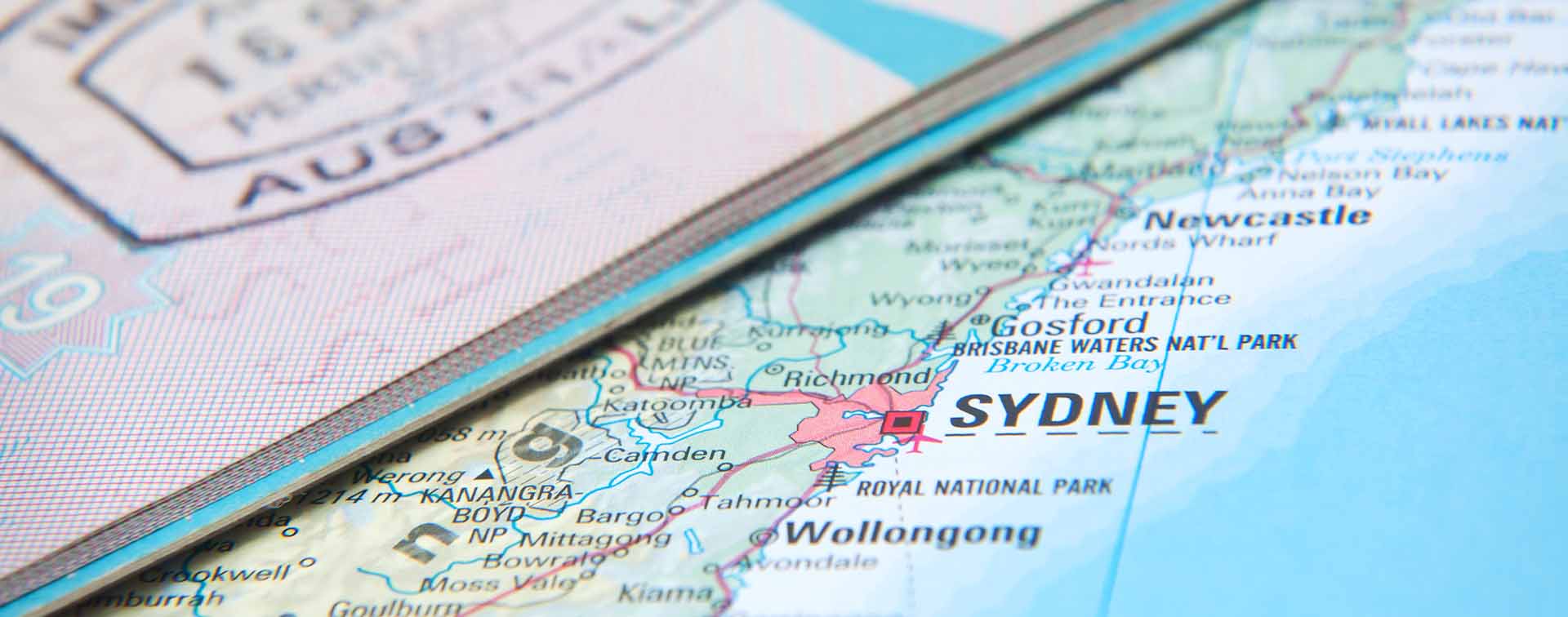
Oriel Morrison is one of Asia’s most well-known business journalists and is the CSO and Co-Founder of the APAC Network. She also hosts global conferences and events and often speaks on topics including geopolitics, finance, markets, and news.
Australia is open for business. That’s the message from the government after the Covid-19 pandemic tipped the country into a recession for the first time in almost three decades.
The island nation, often referred to as ‘the lucky country’, previously held the longest streak of avoiding recession among developed nations — including during the Asian financial crisis, the dot-com bubble, the global financial crisis, and the Eurozone slowdown.
Those years of success abruptly ended with the onset of the coronavirus pandemic, because along with the departure of open borders in 2020 came an exodus of around 500,000 temporary migrants from Australia and another 600,000 travelers who never even arrived.

The effect was devastating on a country that relies on population growth to drive GDP and resulted in a proliferation of empty office spaces in urban centers, a big hole in the budget, and widespread critical skills and labor shortages. So, it’s hardly surprising that the federal government led, by Prime Minister Anthony Albanese, has embarked on the largest immigration program in the nation’s history.
The October 2022–2023 budget has provisioned an additional AUD 576 million over four years to the Department of Home Affairs for visa processing, offshore processing costs, and refugee support, among other things. This support gives much-needed assistance for a system that has long been ready for a drastic overhaul, with visa wait lists and times ballooning in 2022.
Australia's permanent immigration intake has been increased from 160,000 to 195,000 places in the 2022–2023 financial year, with a focus on the tech sector, health care, and infrastructure. And permanent immigration visa allocations will now prioritize workers instead of being split evenly between families and skilled immigrants.
The government is also boosting participation in the Pacific Australia Labour Mobility scheme and has created a new Pacific Engagement Visa for nationals of Pacific Island countries, to take effect on 1 July 2023.
International students are also in focus, with an expansion of work rights for visa holders and an extension in visa stay times for graduates. All this on top of the AUD 60 million allocated to entice overseas visitors back to Australia early in 2022.
These moves are positive news for Australia, a country that has the second worst jobs shortage in the developed world and, before the pandemic, had the second largest temporary immigrant workforce in the OECD. Net migration is now predicted to return to pre-pandemic levels in 2023 — two years earlier than previously thought.
Modeling from the Grattan Institute estimates the immigration lift could boost the Australian budget by AUD 33 billion over the next decade and puts Australia in the lead when it comes to winning the battle for migrants. This at the expense of New Zealand.
Even with the Kiwi Government relaxing immigration rules significantly over the past six months, the country experienced a net overseas migration loss of 11,500 in the year to June 2022. Annual population growth dropped from 2.2% in the June 2020 year to just 0.2% in the June 2022 year — the lowest since the late 1980s.
Still, Immigration New Zealand is updating their policies and procedures, with new working visa holiday holders given open work rights and the ability to work in New Zealand for 12 months from their arrival. The country is also introducing a new visa, the Active Investor Plus Visa, which encourages more direct investments. New Zealand is also restarting the Parent Category Visa with a lower income threshold, higher cap, and increased availability.
Despite that, New Zealand is expected to tip into a recession in 2023, with the Reserve Bank of New Zealand predicting that the economy will start contracting in the second quarter of 2023.
With both countries opening the tap on immigration, it’s yet to be seen what impact the travel industry has on the speed of migration. Australia has recently confirmed its worst flight cancellation and performance rate since records began in 2003, with only 68% of flights leaving on time compared to the long-term average performance of 80–85%.
The industry is blaming weather events and resourcing pressures associated with Covid-19, large numbers of passengers returning to travel, and a lack of staff. Add to the list the flight-interrupting weather conditions exacerbated by climate change, and it’s not surprising that experts are predicting airport chaos to continue for months to come.
And we can’t forget that Covid-19 has not simply gone away. At the time of writing, Australia is in the middle of Omicron’s fourth wave in the country, with cases climbing since early October 2022. Similarly, New Zealand is experiencing a significant spike in cases.
But this, as epidemiologists say, is the new Covid normal — a new way of living with the virus amid increasing immunity and without large waves of hospitalizations and deaths.
On a broader scale when it comes to our post-Covid world, the silver lining could well be a more inclusive, sustainable, and resilient population able to work together to solve the big issues that affect the entire human race.